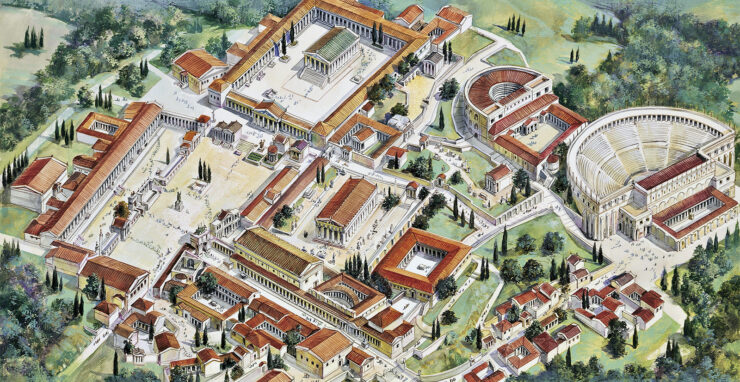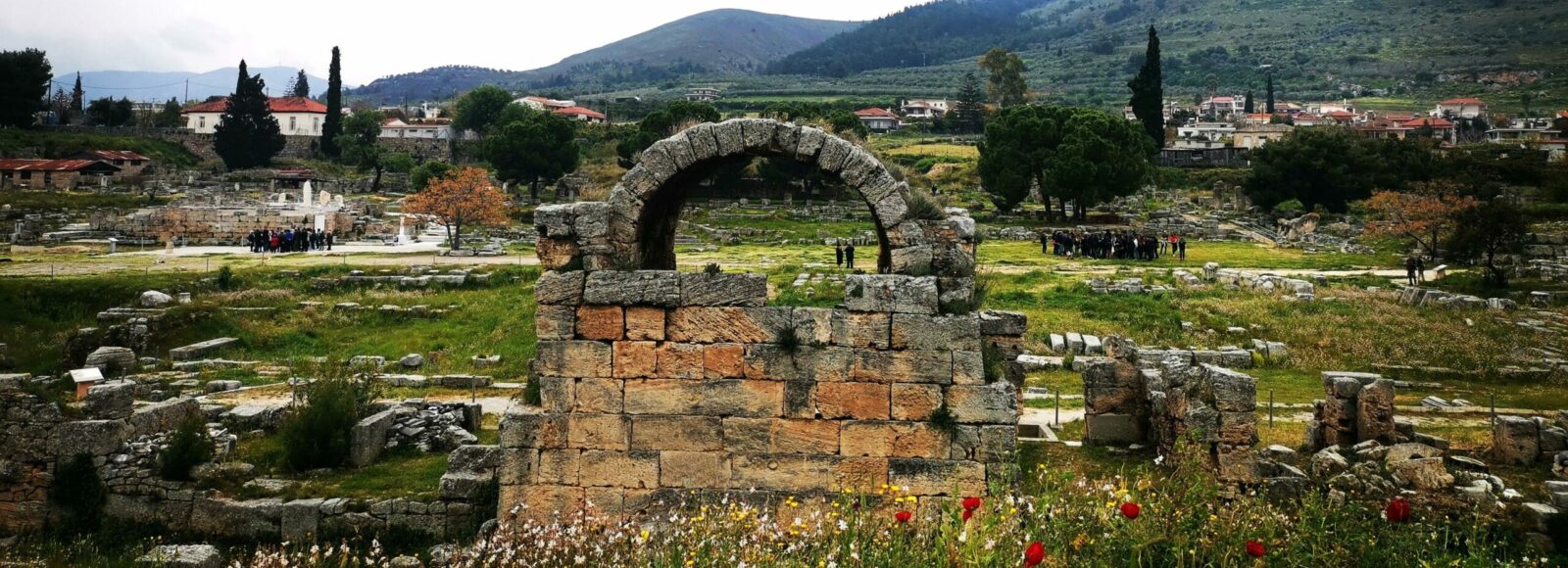Projects
Anchoring the Agora
Anchoring the Agora in Archaic and Classical Greek Poleis (c. 800-300 BCE) aims to understand how the agora emerged and evolved as a product of societal change and institutional innovation during the archaic and classical period. The agora, often described as the heart of the Greek city, has long been a subject of study. The development of this seemingly apparent yet elusive central hub of the Greek polis is however yet to be fully understood. When we think of the agora many aspects come to mind; it is a place of politics and law, one of exchange both of goods and money as of news and gossip, a place of gathering for all kinds of purposes, and lest not forget, a place of religion and cult.
It is the combination of its many aspects and their interaction that that we must understand in order to fully grasp the meaning of the agora for the society using it. It is clear that the physical make-up of the agora changed along with its ever-developing functions, as did its meaning in the minds of society. What made a place an agora? What meaning did they adhere to it? And how did this affect the use and appearance of this public space? This project will examine the creation and subsequent development of the agora in the early Greek poleis, both in physical terms and in its conception, throughout the Mediterranean. Being part of the overarching Anchoring Innovation research project, this PhD project intends to analyse how innovations, whether societal, political, economic, cultural or religious, have affected the use of this public space and vice-versa.
The relationship between the agora and religion in particular, has been significantly understudied. As such a multifaceted place can only be fully understood when all different aspects are recognized and grasped, this project intends to fill in this gap. Attempting to better comprehend what the agora entailed for different societies in the Greek world and what united them, this project systematically analyses all the known agorai of the ancient Mediterranean between 800 and 300 BCE. Doing so this project makes use of manifold sources; taking into account a wide range of archaeological sources, as well as literary and epigraphic evidence. All in the hope of grasping a little further this so indispensable centre the Greeks called the ἀγορά.

The Agora at Corinth – © De Agostini Editore—DeA Picture Library/age fotostock

